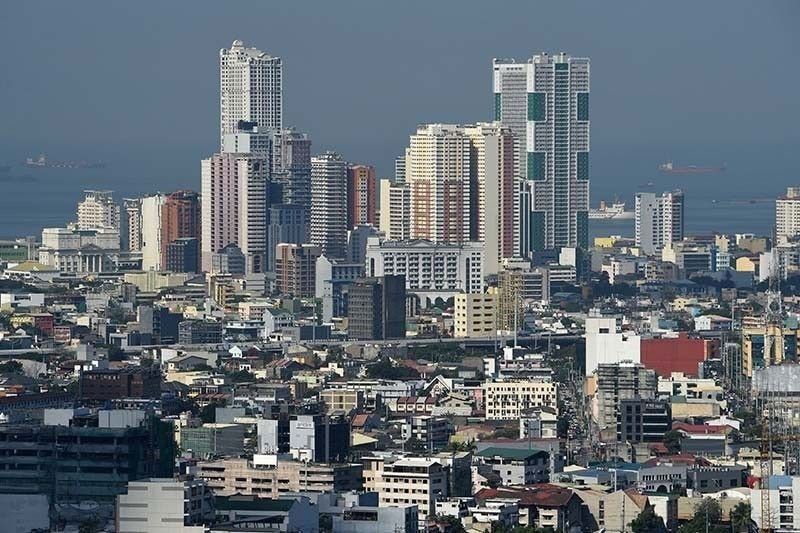NEDA hikes COVID-19 impact on GDP

MANILA, Philippines — The spread of the coronavirus disease 2019 (COVID-2019) could shave off as much as one percentage point from the country’s gross domestic product (GDP) growth in 2020 due to its impact on trade and tourism, according to the National Economic and Development Authority (NEDA).
In an interview, Socioeconomic Planning Secretary Ernesto Pernia said the impact of the COVID-19 outbreak could reduce GDP growth by 0.3 percentage point to one percentage point this year.
The upper band of this estimate is higher than the initial figure of the NEDA, previously at 0.7 percentage point of GDP should the contagion linger for up to 11 months.
“Assuming that travel and tourism will go down to zero from China and (go down by) 10 percent from other countries, and trade will also be drastically reduced, our preliminary estimate, just the direct effect, is 0.3 to one percentage point of GDP,” Pernia told reporters on the sidelines of the launching of Bangko Sentral ng Pilipinas Governor Benjamin Diokno’s four books yesterday.
Pernia said the figure is still “negligible.” However, this only accounts for the direct impact of the virus outbreak.
“We haven’t taken into account the indirect effect and the multiplier effects. There are many multipliers, so that could still go up,” the NEDA chief said.
The Development Budget Coordination Committee (DBCC) expects the country’s economy to grow by 6.5 percent to 7.5 percent this year. Pernia said this goal is still attainable.
He said robust government spending could help offset the impact of the COVID-19 virus “to some extent, but not entirely.”
Pernia said this would be driven by the timely passage of the 2020 budget as well as the extension of the validity of the 2019 General Appropriation Act.
However, the country’s chief economist said the Philippines’ deficit-to-GDP ratio could reach 3.3 percent to 3.5 percent, breaching the government’s 3.2 percent ceiling, due to higher spending.
Still, Pernia assured that the government can still accommodate a higher fiscal deficit.
“Yes but we have to borrow more to accommodate it,” he said.
Pernia also noted that the government may have less fiscal space as the virus outbreak could also affect revenue, particularly from the Bureau of Customs. This may pose as a challenge for the government to assist sectors affected by this development.
“Our revenue from the Customs will go down so we will have less fiscal space to help. I don’t know how it’s going to be down when it comes to cash transfers, that is hard. We will try to scale up domestic tourism,” he said.
Earlier, Finance Secretary Carlos Dominguez said there is no need for the government to revise its economic growth target for this year despite the risks posed by the Taal Volcano eruption, the African swine fever and the coronavirus disease.
Dominguez said while these challenges may dampen growth, their impact would not be significant enough to revise the economic growth target of 6.5 percent to 7.5 percent this year.
Meanwhile, monetary authorities are revisiting this year’s economic growth forecasts due to COVID-19 outbreak.
Diokno told reporters the virus outbreak could slash the country’s GDP growth by 0.3 percentage points this year based on the impact of the severe acute respiratory coronavirus (SARS-CoV) in 2003.
“But as I’ve said this is not SARS, so we are revisiting but we are not done yet with our study,” Diokno said.
The BSP chief said the review is expected to be finalized by April and would be presented to the interagency Development Budget Coordination Committee (DBCC). The body has penned a GDP growth target of 6.5 to 7.5 percent for this year.
Diokno said fiscal spending through massive infrastructure build up under the Build Build Build program is more effective than monetary intervention.
“But to me, I think at this time, maybe the fiscal stimulus is much more effective than the monetary stimulus,” Diokno added.
The Duterte administration has committed to spend as much as P9 trillion to bankroll crucial infrastructure projects between 2016 and 2022.
- Latest
- Trending

























